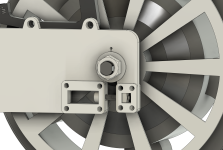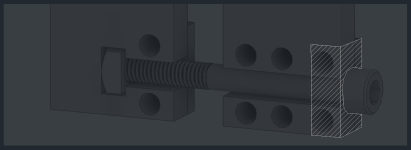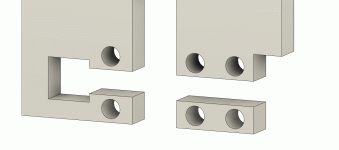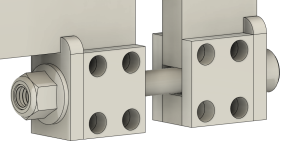Chalo said:
To me it looks like ... the use of stainless steel which is easier to bend than most regular steels, suggest.
Lol. That is funny.
Modulus of Elasticity 193 GPa 28000 ksi
AISI Type 316 Stainless Steel, annealed sheet
Modulus of Elasticity 29,000 ksi 200 GPa
A36 Steel
Such a big difference. A solid 3.5% difference in the modulus of elasticity.
Bahahaha. Bends so much easier... like butter... oh yeah that wont work ( sarcasm).
Steel? For that rusty 7 gPa ( giga pascals) extra, I guess that makes SO much of a difference. 193 giga vs 200 giga...
That is, if it's really a solution. For you see, not having your tork arms rust... might be valued.
7/200GPa differences. 3.5%. Negligible, and worth it for having a rust free bicycle.
IMO, Chal. The ( mechanical structural design ) problem with THIS dropout ( IMO)( the laser cut stainless one... ) is that it allows a degree of freedom downward... and at the same time uses a nut on an aluminum / steel mooring sandwich.... and when you clamp a loaded aluminum thing ( bike ) on a traction creating driving thing ( the motor) the forces want to push them apart.... and the aluminum to steel interface will be the weak spot and allow a " sliding " of the alu/steel interface and release the axle in the dropout. Hopefully the chainstays handle the load, but Imade sure to use both the chainstay AND the seat stay, to handle the load,when I built my bolt on wheel mooring relocation.
Yeah like you said, they ( the tork arm maker) also have the opportunity to completely wrap the axle with steel.... bolt on, easy on and off for tire changes, and 360^ metal around the axle. That, plus a few tabs, less freedom to move. A double D cutout hole, not a slot.
A few well placed steel tabs could prevent this degree of freedom in the downward direction.
I blew my tire at 55mph and slid to a stop in about 100 yards, flapping my tire around in my home-welded aluminum 15lb bicycle frame.. dam violent. Old man ( in the car trying to pass me ) who saw the blowout was white as a ghost. 8 holes int he tube. Stainless took it without blinking.


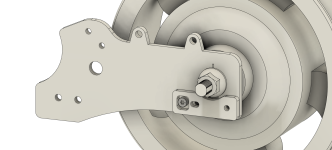
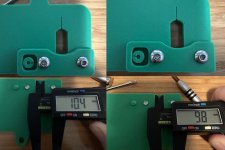

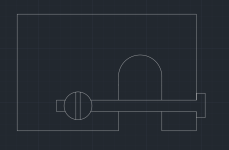
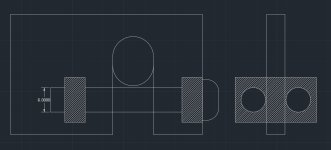
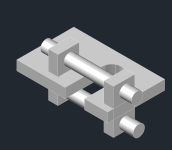
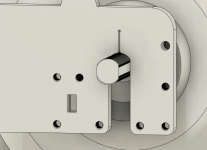
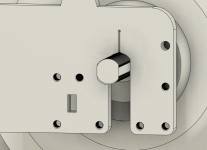
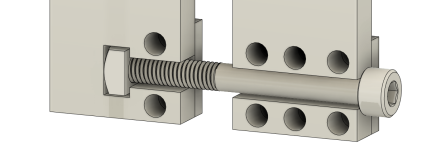
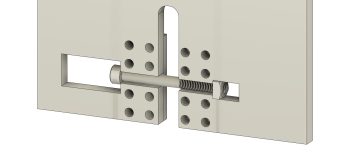
![2023-01-12%2022_30_23-Autodesk%20Fusion%20360%20(Personal%20-%20Not%20for%20Commercial%20Use)[1].png 2023-01-12%2022_30_23-Autodesk%20Fusion%20360%20(Personal%20-%20Not%20for%20Commercial%20Use)[1].png](https://endless-sphere.com/sphere/data/attachments/190/190090-f1d40a6faa5cd99aecdeabce3d76c9ae.jpg)
